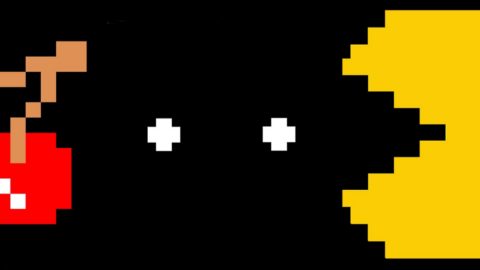
Musikinésia, a game that teaches you music theory
Musikinésia is a game about mastering the telekinetic powers of a dusty piano by learning how to play a real one. Not long ago, Rock Band 3 (2010) had a plastic keyboard that let players get the hang of rhythms on the piano, and Synthesia (2013) got a little closer to actually being a pack of lessons by using the whole range of a MIDI keyboard as a controller. None of them, though, teach players about music theory as Musikinésia attempts to. “I think that, first of all, [these games] pique the person’s interest for music,” said Rogério Bordini, game…


